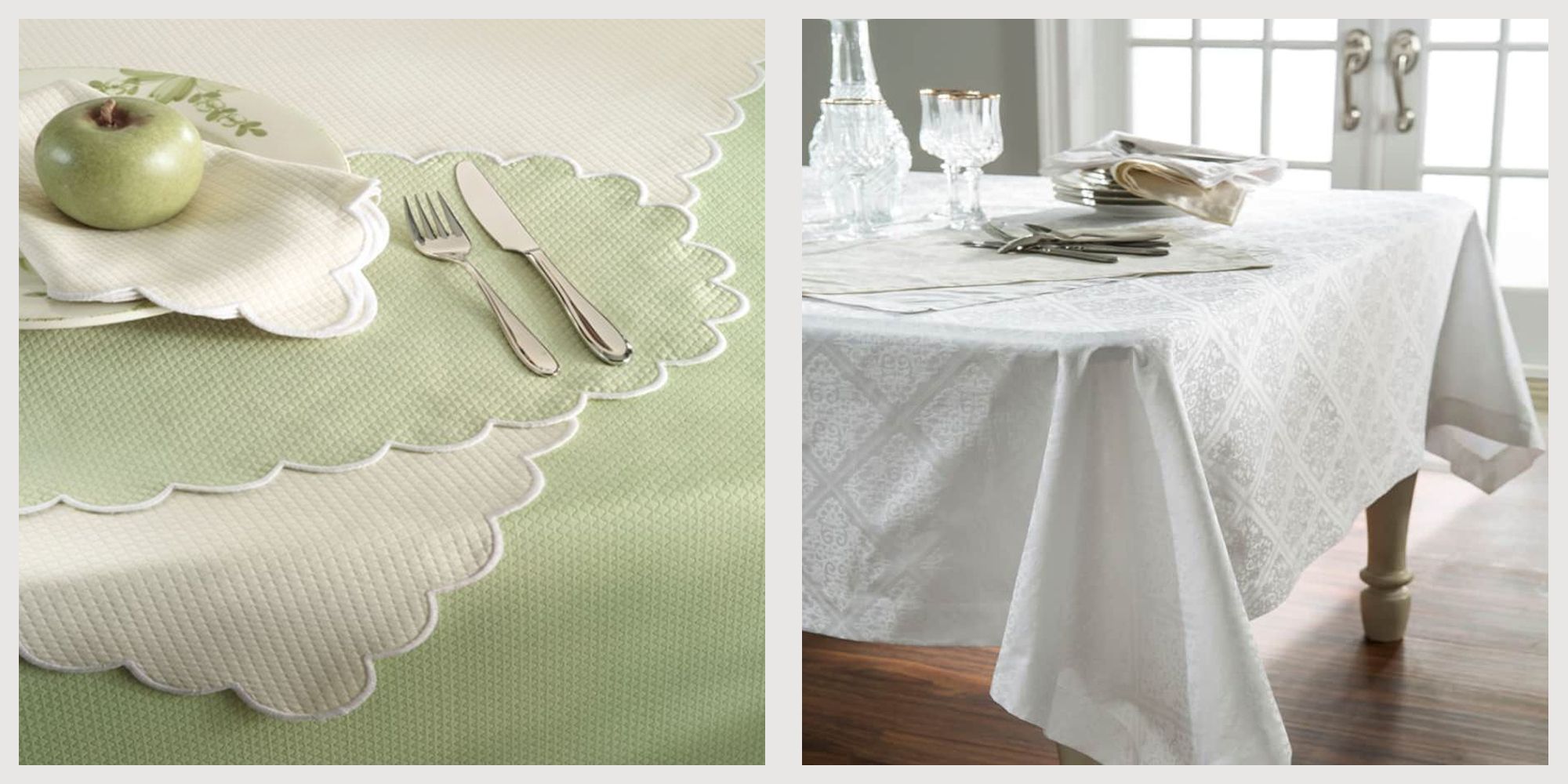Linen Material Technologies: Exploring Modern Trends and Creative Applications in Style and Textile Sector
From lasting manufacturing techniques to advanced weaving technologies, the evolution of bed linen is improving the landscape of the fabric industry. As we dig right into the realms of creative layout applications and the appearance of linen blends and hybrid materials, a brand-new phase unfolds in which linen's role in future textile developments takes facility phase.
Lasting Practices in Bed Linen Production
Lasting methods in linen manufacturing have come to be increasingly vital in the fabric sector's efforts to minimize environmental influence and promote moral sourcing techniques. Linen, an all-natural fiber obtained from the flax plant, offers a series of benefits such as biodegradability, sturdiness, and breathability. However, standard methods of linen manufacturing can involve substantial water intake, pesticide usage, and energy-intensive processes.
To attend to these obstacles, numerous fabric manufacturers are embracing sustainable techniques throughout the linen production procedure. This consists of sourcing flax from organic ranches that stay clear of hazardous chemicals and chemicals, executing water-efficient retting techniques to extract fibers from the flax stalks, and using environmentally friendly dyes and coatings. Additionally, some companies are purchasing sustainable power sources to power their production facilities and lowering waste via recycling and upcycling campaigns.
Technological Developments in Linen Weaving
With the expanding focus on sustainable methods in linen manufacturing, the textile sector is now experiencing a surge in technological innovations specifically focused on changing the art of linen weaving. These innovations are reshaping the means bed linen textiles are generated, supplying increased efficiency, high quality, and creativity in weaving strategies.
One of the key technological developments in linen weaving is the integration of computerized looms. These sophisticated looms are furnished with software program that enables intricate and detailed layouts to be woven with accuracy. By digitizing the weaving procedure, makers can accomplish better uniformity and precision in their linen fabrics.
Additionally, developments in yarn spinning modern technology have actually allowed the manufacturing of finer and even more resilient linen threads - table cloths. This causes softer and smoother linen fabrics that preserve their top quality also after numerous uses and washes
Additionally, the growth of green dyeing procedures and surfaces for linen textiles is getting traction. These lasting methods not only lower the environmental impact yet likewise deal with the raising customer demand for morally created fabrics.
Creative Style Applications for Linen
Ingenious artistic strategies are significantly forming the creative style applications for linen in the fabric industry. Designers are pressing the limits of standard linen usage, discovering its flexibility in numerous applications. One popular fad is the integration of bed linen in sustainable style lines, where its eco-friendly residential properties are highlighted. Linen's all-natural aesthetic charm and capability to mix with various other textiles make it a preferred choice for producing one-of-a-kind garments and accessories that deal with the environmentally aware consumer.
Moreover, designers are exploring with linen in home decoration, using its breathable and durable nature to craft stylish home furnishings such as drapes, bed linen, and furniture. The appearance and drape of linen bring a sense of elegance and comfort to interior areas, including a touch of style to modern homes.

Linen Blends and Hybrid Fabrics

Hybrid textiles, on the other hand, take the principle of blending a step further by including extra elements such as metal threads, recycled products, or conductive fibers. These innovative fabrics not only increase the design opportunities but likewise introduce functional facets like conductivity, antimicrobial homes, or enhanced resilience. Hybrid materials are progressively being utilized in various industries, consisting of style, indoor layout, and technological textiles, where the demand for multifunctional products is on the increase.
Bed linen's Role in Future Fabric Innovations

In the world of future fabric innovations, bed linen is expected to be a principal in the development of innovative useful textiles. Designers and scientists are discovering methods to improve bed linen's integral high qualities through technological developments, such as integrating wise textiles, nanotechnology, and performance surfaces. These advancements aim to raise linen's performance characteristics, making it appropriate for a wider series of applications, from activewear to protective clothes.
Furthermore, the combination of linen with other all-natural or artificial fibers opens limitless possibilities for producing novel textiles with distinct residential properties and performances. By leveraging linen's characteristics and exploring innovative blends, the fabric industry is positioned to introduce exciting developments that accommodate developing consumer demands and sustainability requirements.
Verdict
To conclude, the exploration of lasting practices, technological developments, innovative design applications, bed linen blends, and its function in future textile technologies highlight the continuous development of bed linen textile in the modern design and textile industry. With an emphasis on advancement and creativity, the versatility and eco-friendly nature of their explanation bed linen make it an important product for designers and manufacturers alike, paving the means for additional growths and improvements in the field of textiles.
As we delve into the realms of imaginative design applications and the appearance of linen blends and crossbreed fabrics, a new phase unfolds in which linen's duty in future textile technologies takes center phase.
Exploring the combination of bed linen with other textiles has led to the introduction of innovative blends and hybrid fabrics in the modern textile market. Linen blends supply a special mix of the characteristics of bed linen with those of various other fibers, resulting in fabrics that possess improved properties such as enhanced longevity, improved draping, and minimized wrinkling.The advancement of bed linen blends and hybrid fabrics has established the stage for Linen to play a pivotal role in driving future fabric developments.In the realm of future textile advancements, bed linen is anticipated to be a key player in the advancement of sophisticated practical textiles.